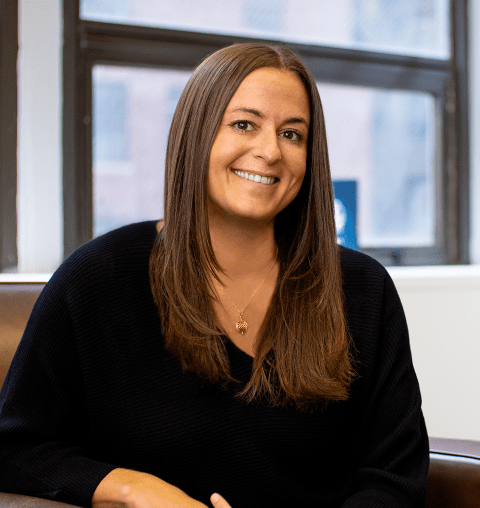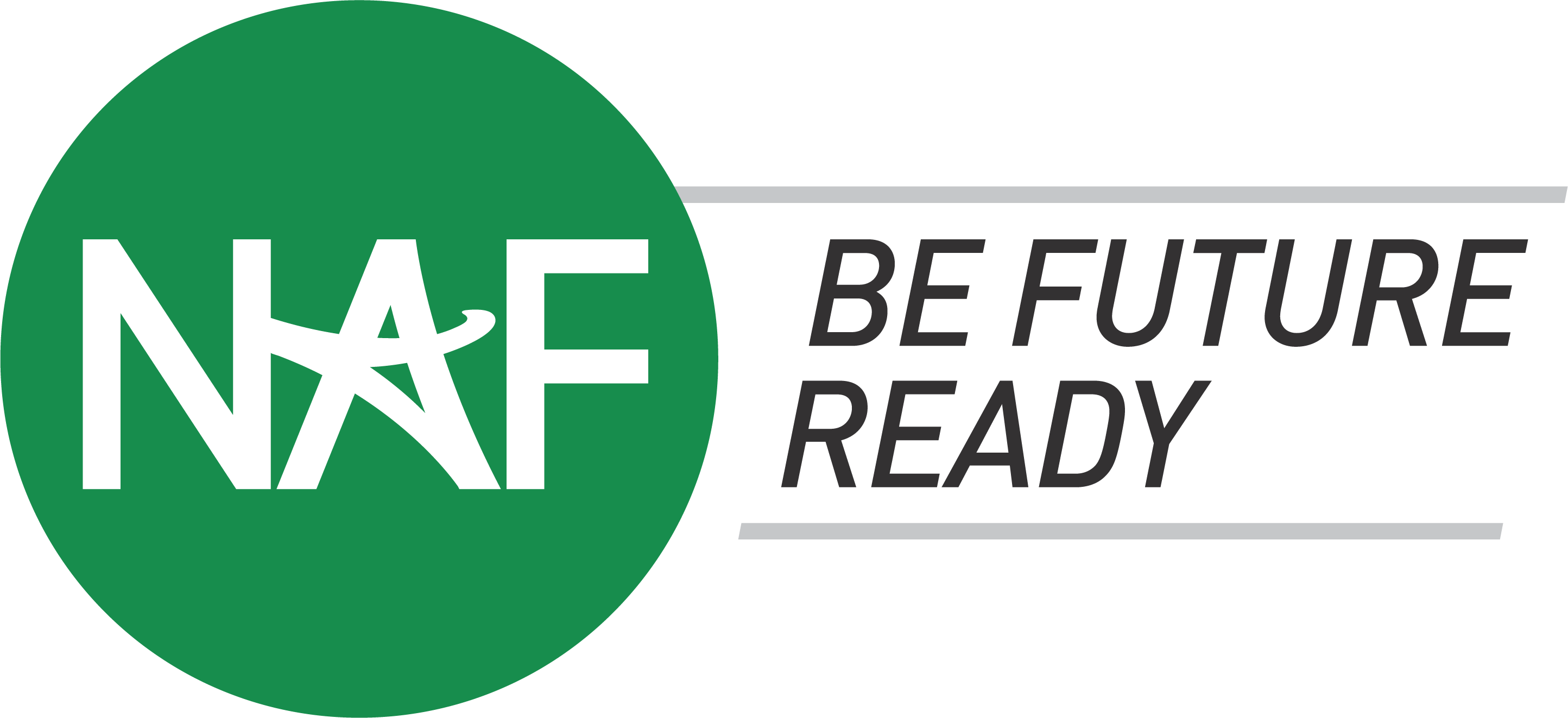As education companies face tough market conditions driven by the end of ESSER, shifts in federal funding, and decreasing K-12 enrollment, many are working to identify and invest in products and services that are showing signs of growth and drawing new financial support.
The result? A renewed interest in career and technical education.
While CTE has long been a part of K-12 school systems’ efforts to prepare students for their post-secondary pathways, a more recent push by policymakers, district leaders, and advocates in the space is focused on adapting yesterday’s CTE to today’s technologies and changing demands.
K-12 systems are looking to prepare students for the proliferation of artificial intelligence technologies, as well as to provide them with the foundational skills that will be needed to manage them, like critical thinking and problem solving.
About This Analyst

Lisa Dughi is Chief Executive Officer at NAF, a national education non-profit that provides access to opportunities for high school students and their communities. She oversees all functions and the strategic vision of the organization, which is responsible for supporting a network of more than 600 NAF academies with over 112,000 students across 34 states and territories.

Julie Lammers is president and chief executive officer of American Student Assistance. Lammer brings more than 15 years of leadership experience at ASA, where she has overseen advocacy, corporate social responsibility, philanthropy, policy, research, marketing, and strategic communications. Prior to her appointment as president and CEO, she served as executive vice president. Before joining ASA, Julie spent nearly a decade as a congressional aide to late U.S. Senator Edward Kennedy and former Senator Paul Kirk, Jr., managing outreach on education, arts, environment, and welfare policy.
Organizations that have long been focused on CTE are embracing the moment, and considering how their work — and how they are adapting to meet new challenges — can help provide those who are newer to the space with a more complex, nuanced understanding of career and technical education.
NAF and American Student Assistance, or ASA, are two of those organizations, having spent decades focused on connecting K-12 education to career pathways. The two are now expanding their work, after the nonprofits announced ASA awarded NAF a $5 million, two-year grant. The money includes support for the development of a new five-year strategic plan, with the potential to secure $14 million in matching funds over the next seven years.
NAF’s career and technical education work has centered on its public-private network of more than 600 career-centric academies, which it reports are in high schools across 34 states and territories. The nonprofit is also the maker of Knopro, a free platform that allows high school students to track work-based learning experiences.
ASA say it is focused on using impact investing, research, and advocacy efforts to help change how students prepare for careers, and has been focused on the space since 2018. It first supported NAF two years ago, when it provided them with an $800,000, two-year grant for its outcomes-driven work-based learning initiatives.
ASA President and CEO Julie Lammers and NAF CEO Lisa Dughi spoke to EdWeek Market Brief about the new funding, how districts’ approach to CTE has shifted, and what it sees next for K-12 career education.
This conversation has been edited for length and clarity.
How has the conversation around CTE changed in the past few years, and how are you seeing it evolve?
Lammer: The conversation definitely has changed, particularly since the pandemic, and I think it’s coming from educators, but also from students themselves. We think about the student engagement challenges that we’ve had — of chronic absenteeism and other issues in keeping kids engaged in school — largely they’re saying that they don’t find their schoolwork relevant to the real world.
Career-connected learning is a really important piece in increasing relevance for young people and making sure that we can get them to school and learning the things they need to learn, but also really focused on: How are we setting them up for success in the future?
“Five or six years ago, there was a lot more convincing that needed to take place around why these programs were important. We don’t have to explain to people why they’re important anymore.
Julie Lammers, president and CEO, ASA
That shift is coming and has been happening nationwide. We are seeing much more intentionality around how we are aligning experiences for kids to prepare them for their future. It’s great to see. Five or six years ago, there was a lot more convincing that needed to take place around why these programs were important. We don’t have to explain to people why they’re important anymore.
The question now is, how do we scale the really high-quality programs and make sure that we can get them into schools, into community-based organizations, into the places where kids will be most receptive to hearing this information, so that they can really get what they want and need?
What is it like to lead a CTE-focused organization like NAF at the current moment? Have you found there is increased interest in funding your efforts?
Dughi: The focus on [CTE] is very noticeable, and one of the pieces of the shift that happened more recently… is the desire for programs that are sustainable and scalable and have the impact data to show that they work.
In terms of in states and in districts, there’s a different kind of understanding of why this is important, and a desire to make sure that they’re offering high-quality, work-based learning experiences for students.
From the funder perspective, it really is looking for that quality and that impact [where] I’ve definitely seen a shift. Really being able to make sure we’re showcasing the fact that we have that sustainability, that scalability, and that data to show that it works. It has been a noticeable shift in the way that we’re talking to funders, and funders are talking to us.
What kind of efforts is ASA looking to support in the CTE space moving forward?
Lammer: We also look at evidence of impact. NAF has been around for a very long time, and can show really good data about what their programs mean to kids long-term. As the field has expanded over the last five to 10 years, not a lot of organizations have the depth and breadth of impact that NAF does, mainly because [other organizations are] newer in this field and have not been tracking student outcomes for as long.
We are seeing from the field at large that there is a much greater focus from funders, from philanthropy, around career-connected learning.
We are seeing more and more people join this coalition of funders that are looking to shift education systems to be more focused on career readiness and career outcomes, or at least include that as part of their mission work, knowing that these types of programs do help with issues like student engagement and providing them with a real sense of purpose for where they’re going next.
Tell me about how this new grant and partnership came about.
Lammers: For a number of years now, NAF has been a grantee of ASA, doing some work around helping young people navigate internships. In particular, the career-connected learning experiences.
But we have always been impressed by their model of helping young people build awareness of careers while in school, really high-quality programming in the classroom around different career paths, and their career academy model of ensuring that young people have exposure to a lot of different career possibilities before leaving high school.
We wanted to figure out if there was a more in-depth way that we could partner with them and make sure that they could both sustain what they are doing and scale.
That’s one of the largest challenges when it comes to a lot of this work, is that it’s very hands on, it’s very “one student at a time.” But NAF has done a good job of getting a lot o these experiences into many schools throughout the country, and we really want to see if we can help them accelerate that work.
What has ASA’s work in the CTE space looked like in recent years?
Lammer: We changed our mission about eight or nine years ago to be really focused on ensuring young people have experiences at a much earlier age to understand themselves and their career options.
Our focus is to ensure that if young people — no later than middle school — are having conversation about what their career possibilities are, having experiences in high school to try some of those things and hone in on the things they love and eliminate the things they hate, and begin to navigate to a post-secondary education and career success in much different ways.
It is something we invest basically solely in, this career exploration journey. Some of it is school programs for things like math that allow for really high-quality in-person programming, some of it is more career exploration and focused on helping young people understand themselves and their long-term goals.
How is NAF looking to deploy the $5 million in grant funds over the next two years?
Dughi: We are lucky enough to have 45 years of history and a foundation to build on. Over that time, we’ve really refined a design that we know works, and this now gives us the opportunity for not only the investment directly from ASA, but the opportunity for matching [grant funds].
That is a catalyst to then drive new partners to the table to make sure that we’re not only having the investment that we need to continue to do what’s happening right now, but we have view into the future with greater opportunities for funding and a matching grant that really does then incent people to partner in this work, to help to sustain this work.
What has NAF’s work on the digital product side looked like?
Dughi: We know that only about 2% of students have internships while they’re in high school. We wanted to create something that is for the other 98%, so this is both for NAF students and non-NAF students. Any high school student can participate in Knopro, and it takes the pieces of work-based learning experiences that we know have the greatest impact for students, and use technology to enable access for more students.
We work with corporate partners on real challenges. That corporate partner work can happen in classrooms, it can happen outside of classrooms. It can happen at lunch, it can happen after school. They work together on whatever the challenge is, and get the opportunity to win up to $10,000 in prizes. And they have daily skill builders that help them to think about the industry or the project that they’re working on.
It helps students, on their own, be able to do these different kinds of challenges and have these different work-based learning experiences. There is also a great benefit for teachers, too, because we know that we have teachers who are using those skill builders as bell ringers in the classroom or using those around the projects that they have in their NAF classrooms.
Michelle Caffrey – Staff Writer, EdWeek Market Brief
Michelle Caffrey is a staff writer for EdWeek Market Brief, focusing on investment, venture capital, private equity, and company leadership. She spent the first decade of her journalism career as a reporter in the Greater Philadelphia area, covering technology and higher education for the Philadelphia Business Journal and reporting on education, politics, and crime in South Jersey for NJ Advance Media/NJ.com.


